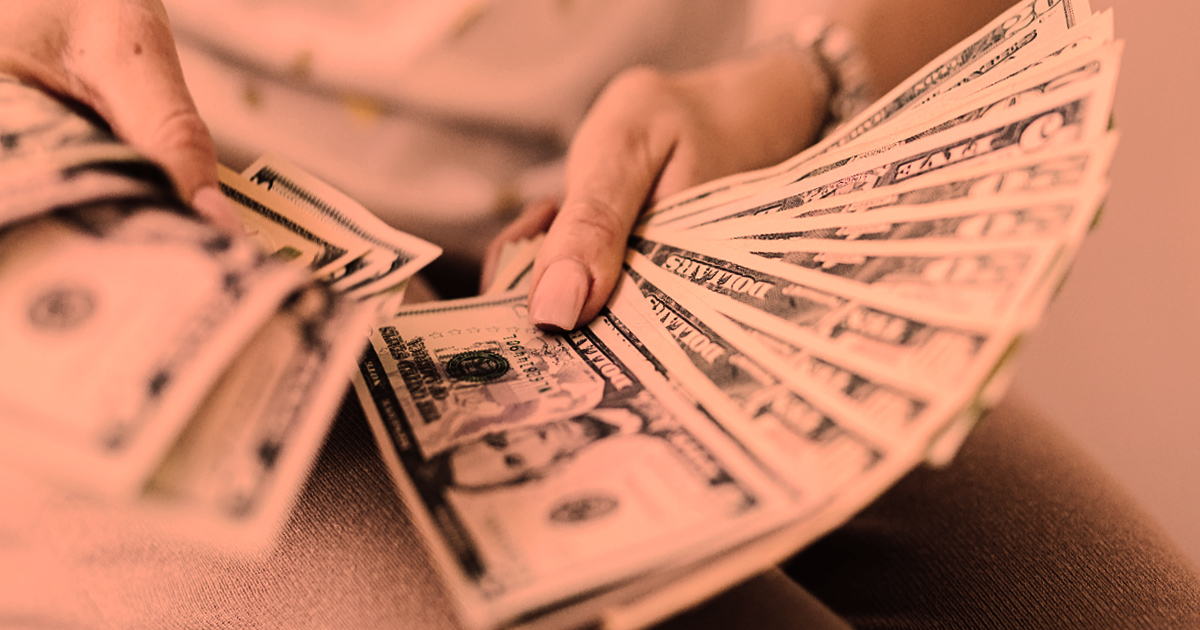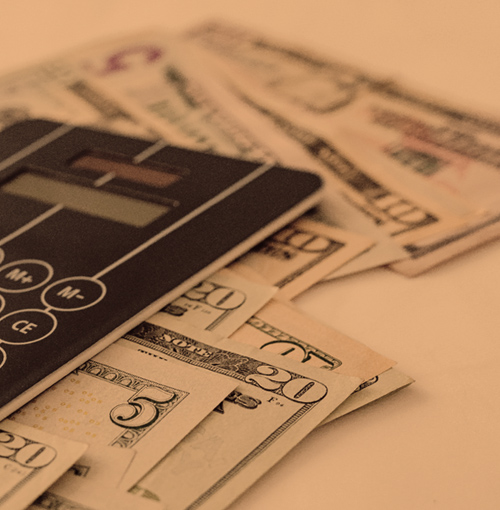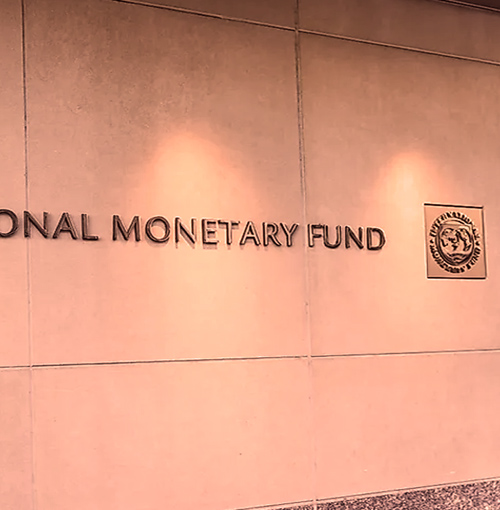
Guide to Understanding Currency: Its Function and Connection to Money
Finance and economics, much like the world, are in a constant state of flux. One of the pivotal players in this dynamic is currency. Serving as the bloodstream of our economic structure, currency facilitates the exchange of goods and services, making it indispensable to the financial system. As we progress into the digital era, new forms of currency are emerging. This guide aims to shed light on the concept of currency, its functionality, evolution, and how it correlates with the broader notion of money.
What Is the Essence of Currency?
At its core, currency can be defined as a tangible medium of exchange, typically comprising coins and paper money, that is officially issued by a government. Its value is widely accepted at face value as a method of payment for goods and services. The evolution from a barter-based system to a currency-centric exchange mechanism marked a significant shift in the history of commerce.
The advent of the 21st century heralded an innovative era for currency with the rise of virtual currencies, or cryptocurrencies, like Bitcoin and Ethereum. These digital currencies lack a physical form and governmental backing, yet they hold significant value in the electronic marketplace.
Remember: Despite the growing use of digital currency, physical currency continues to play a critical role in the global economy.
An important development in the evolution of currency is the increased use of digital payment systems. Traditional forms of currency have been supplemented, or even replaced, by electronic systems like credit cards, debit cards, and online banking. These systems allow for instant and seamless transactions without the need for physical money. As a result, businesses and consumers alike are enjoying increased efficiency and convenience in their everyday transactions.
Interesting Fact: The first forms of currency date back to ancient civilizations, where they used commodity money such as gold, silver, and bronze coins.
Appreciating the History of Currency
The use of currency dates back to at least 3000 years. From being represented in the form of coins to paper, the transformation of currency has been integral in promoting trade across diverse regions. It's intriguing to note that despite the intrinsic valuelessness of modern paper currency, it's accepted globally due to the trust people have in its ability to facilitate transactions.
The origins of paper as a currency can be traced back to China, around 1000 BC. The concept was revolutionary for its time, substituting physical goods of value with a mere piece of paper. Over time, paper currencies of various denominations, along with fractional issues in the form of coins, became the new normal, successfully replacing gold, silver, or bronze coins.
It's important to remember that, over time, the form of currency has shifted dramatically, moving away from purely physical forms to digital representations. This change has enabled a broader, more efficient distribution of wealth, but it has also presented new challenges in terms of security and regulation. As technology continues to evolve, we can expect currency to undergo further transformations, potentially leading to new forms of trade and exchange.
Important: The value of currency isn't intrinsic but is a product of trust and acceptance within an economic system.
Currency and Money: A Comparative Overview
Although often used interchangeably, 'currency' and 'money' differ in their meanings. While money is an overarching term referring to an abstract system of value enabling the exchange of goods and services, currency is a tangible representation of this system.
Money embodies several attributes, including the ability to store value, serving as a unit of account for tracking changes in the value of items, and facilitating the exchange of goods due to its durability, recognizability, and convenience. Currency, on the other hand, is a physical manifestation of money that people use daily for transactions, including checks and other forms of money substitutes.
Tip: It's crucial to understand the difference between money and currency when managing personal finances or making investment decisions.
In the wake of new forms of currencies, it's increasingly critical to understand the distinction between currency and money. While money represents a system of value and serves as a medium of exchange, currency is the physical or digital representation of this system. As society moves further into the digital age, these differences become more nuanced, challenging conventional understandings of currency and money.
Interesting Fact: Barter system, the predecessor of money, involved the direct exchange of goods or services without any standardized measure of value.
Exploring the Landscape of Currency Types
Countries worldwide have established their unique forms of currency, both in paper and coins. For instance, the U.S. Bureau of Engraving and Printing is responsible for issuing U.S. paper currency, while the U.S. Mint manufactures legal tender coinage.
There are over 200 national currencies circulating globally, with some countries, like the Bahamas and Zimbabwe, accepting the U.S. dollar alongside their own. Some even peg their currencies directly to the dollar. Besides, there exist branded currencies like airline points and Disney Dollars, issued by companies for use within their respective ecosystems.
Today, the landscape of currency types is expanding beyond national currencies to include digital currencies and branded currencies. This diversification has resulted in a more complex financial ecosystem, providing consumers with increased choices and flexibility. However, it also presents new challenges, requiring a deeper understanding of each currency type and its associated risks and benefits.
Important: Not all types of currencies are legal tender, and their acceptability can vary across regions and industries.
Understanding Currency Trading
Currency trading, facilitated by constantly fluctuating exchange rates, forms a massive part of the global economy. The foreign exchange market, where these transactions take place, is one of the largest markets based on volume. Currency exchange is typically done at a bank, an airport kiosk, or an ATM while traveling, with consumer advocates recommending in-network ATMs or banks for the best exchange rates and lower fees.
The introduction of cryptocurrencies has significantly impacted the realm of currency trading. Cryptocurrency exchanges operate 24/7, offering a new, highly volatile market for investors to explore. However, it's important to note that due to their decentralized nature, these digital currencies carry unique risks and require an understanding of the underlying technology for safe trading.
Interesting Fact: The foreign exchange market, where currency trading takes place, is the largest financial market globally, with a daily average turnover of over $6.6 trillion as of 2019.
Distinguishing Between Money and Currency
Money represents an intangible system of value that facilitates the ongoing exchange of goods and services. Over time, money has assumed various forms since replacing the barter system. On the other hand, currency is a physical representation of money, serving as a universally accepted medium for acquiring goods and services.
As digital currencies become more prevalent, the line between money and currency blurs further. Some digital currencies, such as Bitcoin, serve as a store of value and medium of exchange like money, but they're not universally accepted as currency. Keeping abreast of these evolving definitions can help individuals navigate the complex financial world more effectively.
Important: Though digital currencies like Bitcoin are gaining acceptance, they aren't considered legal tender in many places.
Currency, in its many forms, underpins our global economic structure, replacing the primitive barter system with a universally recognized method of exchange. Its tangible nature, broad acceptance, and inherent ability to facilitate transactions make currency the bedrock of our financial system. As we stride into the era of digitalization, currency continues to evolve, opening up new avenues for trade and commerce.
As you continue your journey with Investora, understanding the currency landscape will undoubtedly equip you with the knowledge and perspective to navigate the exciting world of finance.
- Share this article





